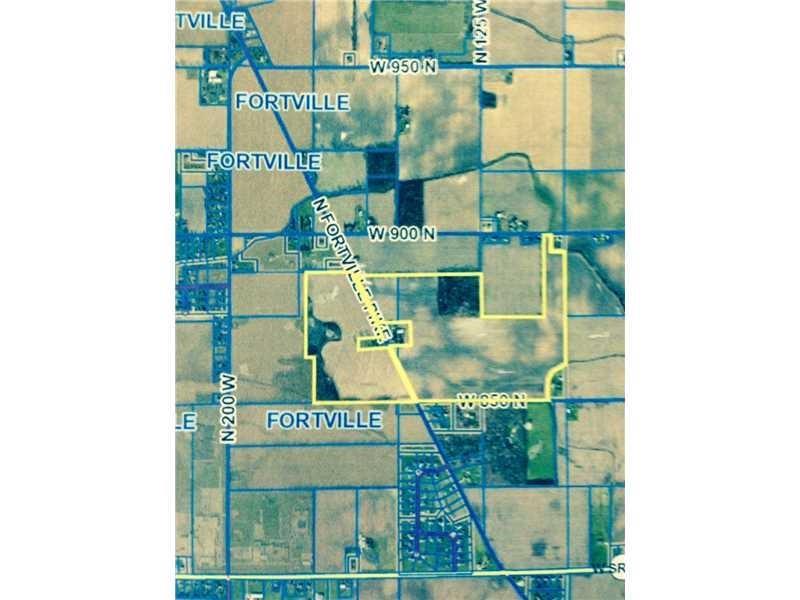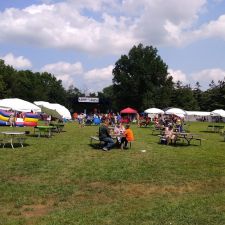

The home was moved to its present-day site at 106th Street and Eller Road in 1996. ĭuring 1826 the West-Harris House, later nicknamed Ambassador House, was built near the White River at present-day 96th Street and Allisonville Road in Fishers. The next year the area's first water mill was constructed. After the move, John Finch established a horse-powered grinding mill, a blacksmith shop, and the area's first school. After the state of Indiana moved its capital to Indianapolis from Corydon in 1825, the community started to grow. In 1823, Hamilton County was chartered by the Indiana General Assembly and Delaware Township was established and surveyed.

At the time William Conner was married to Mekinges Conner, princess and daughter of Chief William Anderson. At the treaty William Conner served as an interpreter for Chief William Anderson, his father-in-law. Settlers started moving to the area after Indiana became a state in 1816 and the Delaware Indians gave up their claims in Indiana and Ohio to the United States government in 1818 in the Treaty of St. The land that Conner settled is now known as Conner Prairie and is preserved as a living history museum. Conner built a log cabin and a trading post along the White River. In 1802, William Conner settled what is now Fishers. The first mayor of Fishers, Scott Fadness, and with the city's first clerk and city council were sworn in on December 21, 2014.

A suburb of Indianapolis, Fishers has grown rapidly in recent decades: about 350 people lived there in 1963, 2,000 in 1980, and only 7,500 as recently as 1990.Īfter the passage of a referendum on its status in 2012, Fishers transitioned from a town to a city on January 1, 2015. As of the 2010 census the population was 76,794, and by 2019 the estimated population was 95,310. Fishers is a city in Fall Creek and Delaware townships, Hamilton County, Indiana, United States.


 0 kommentar(er)
0 kommentar(er)
